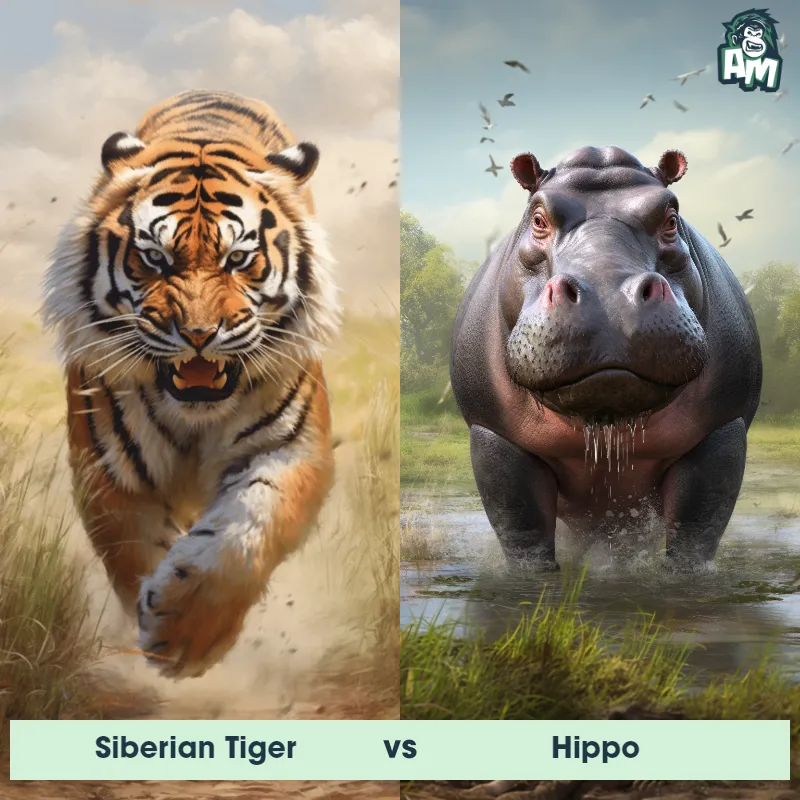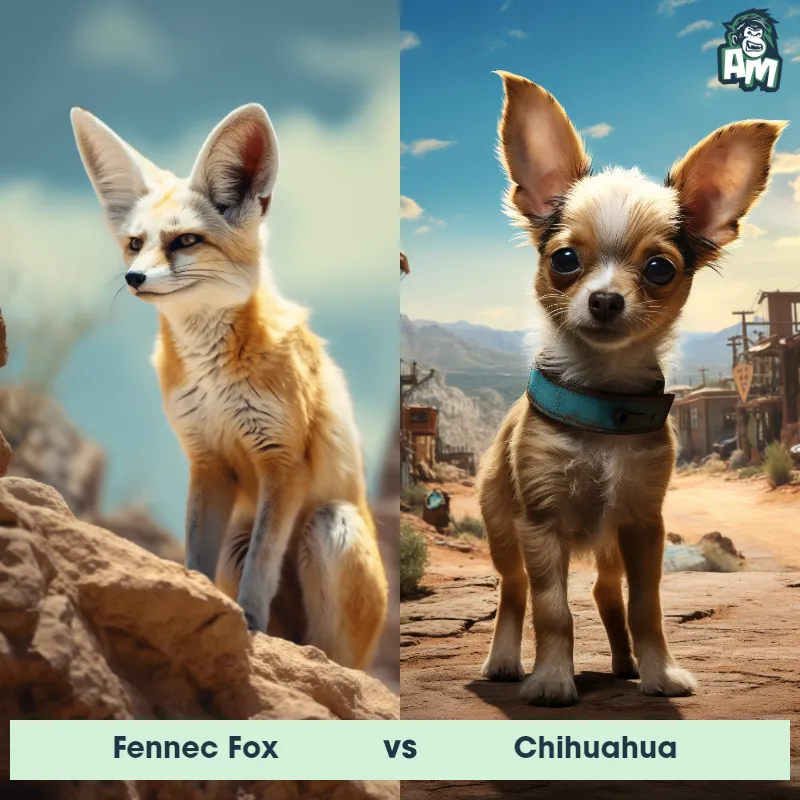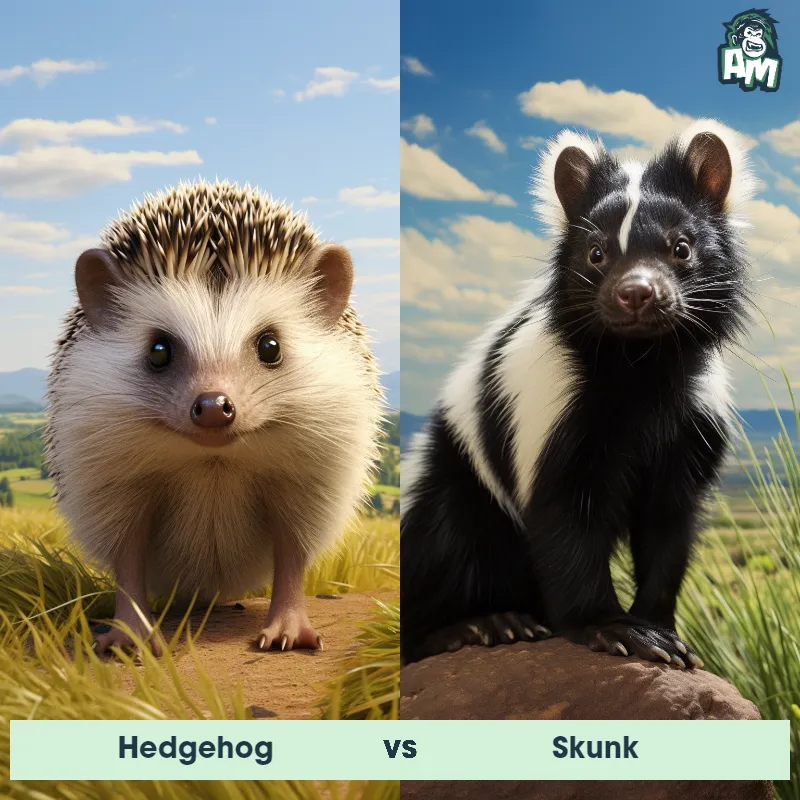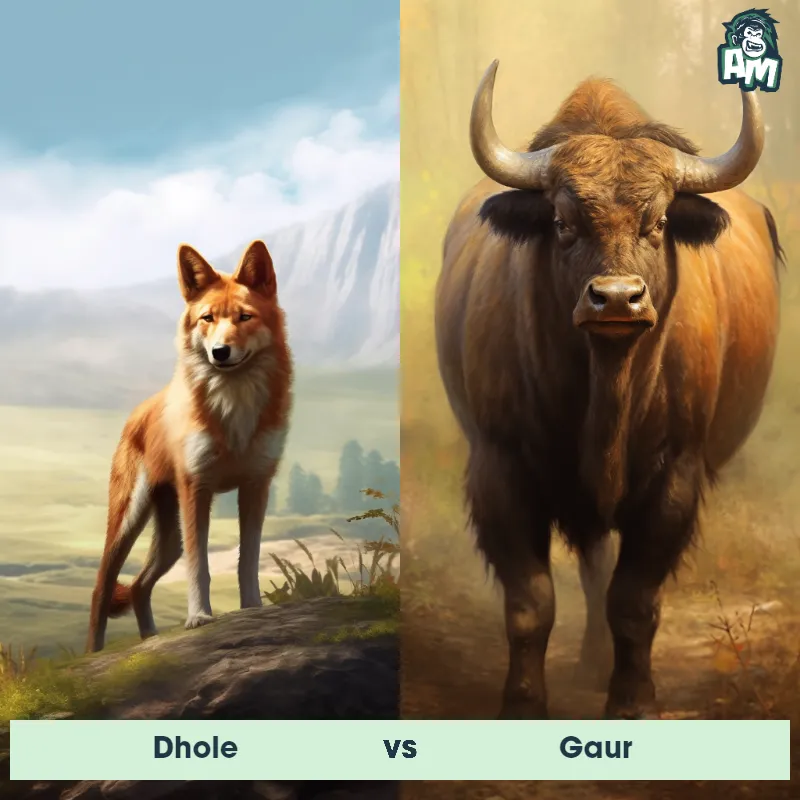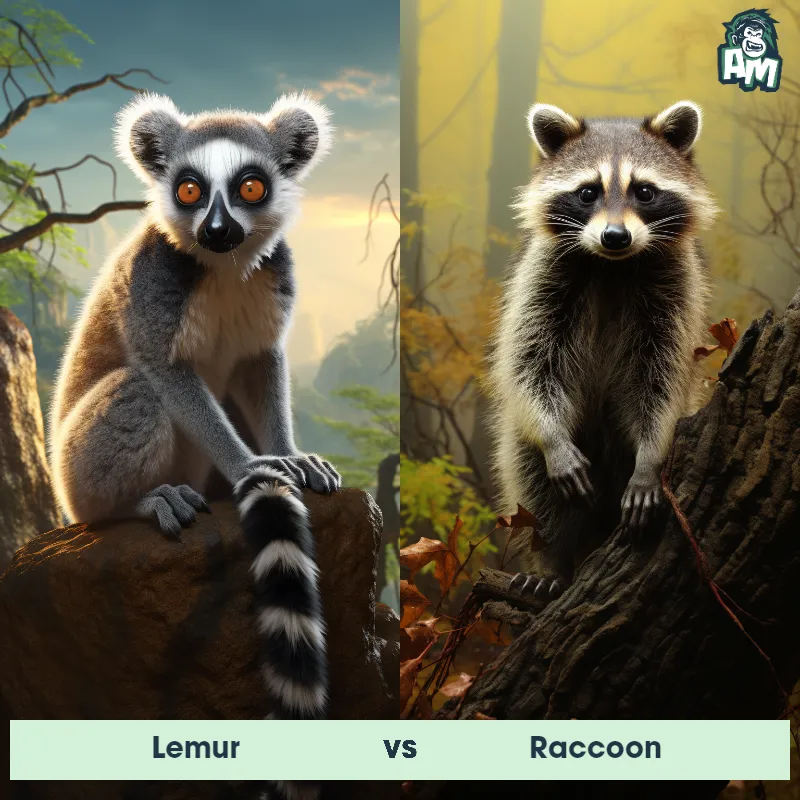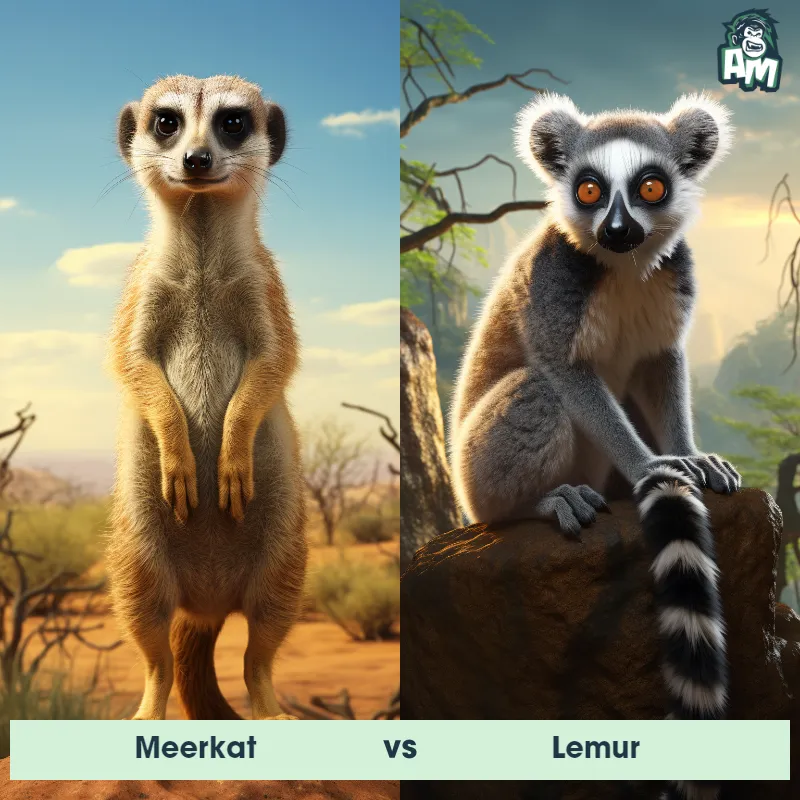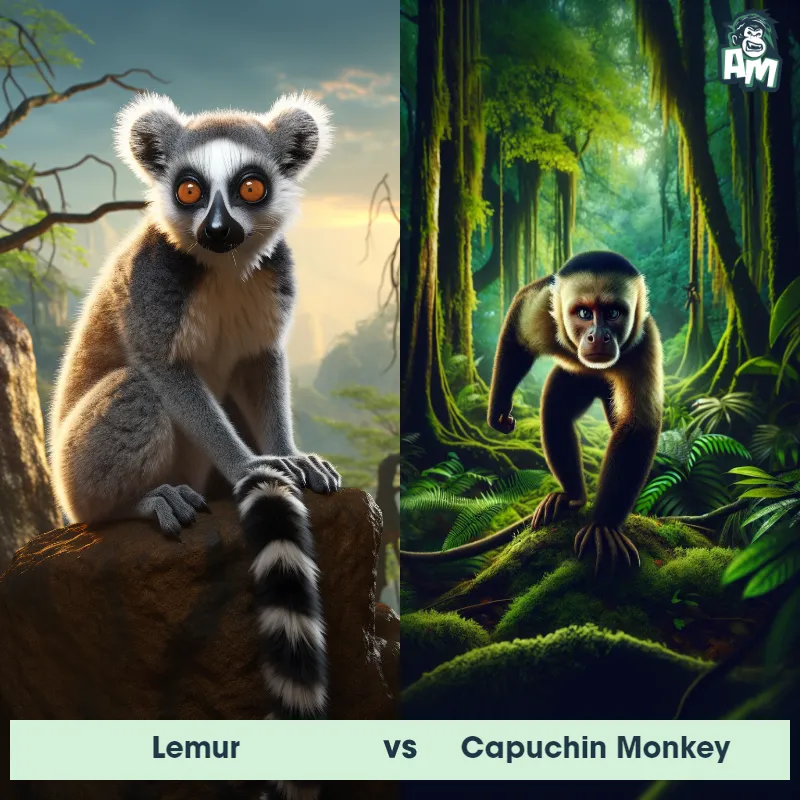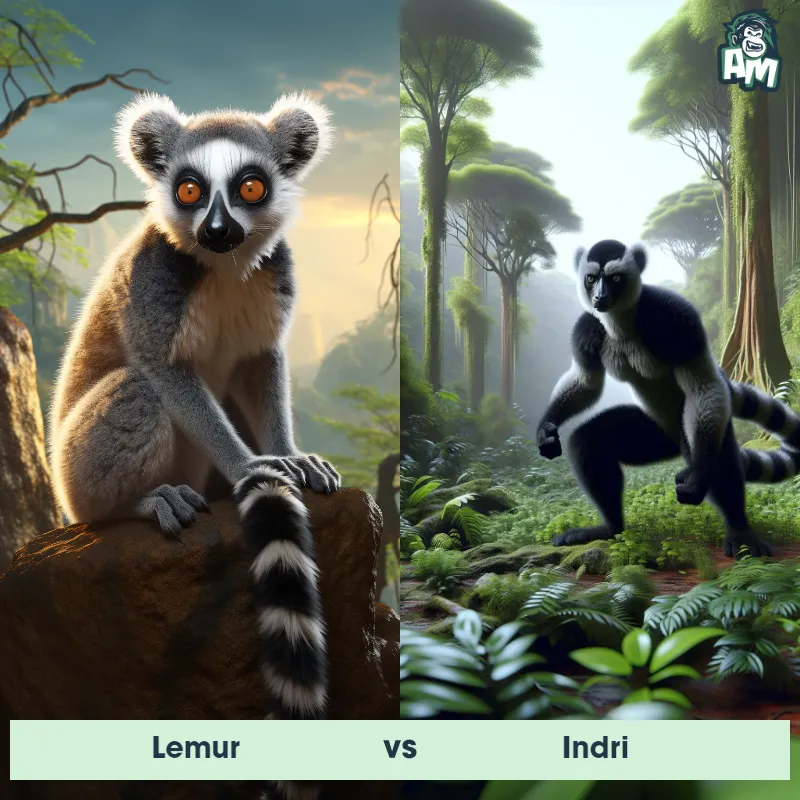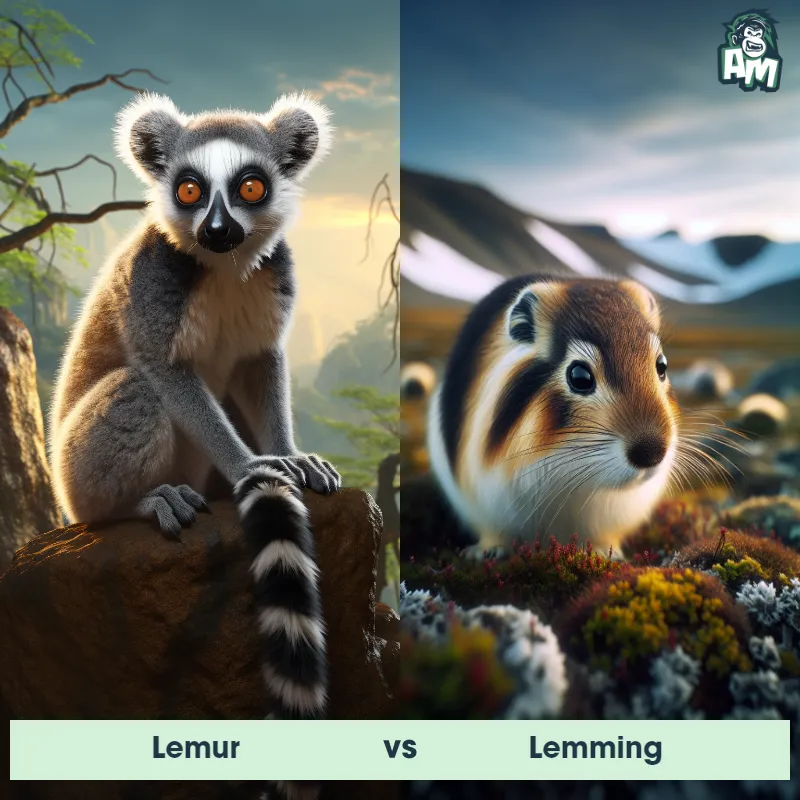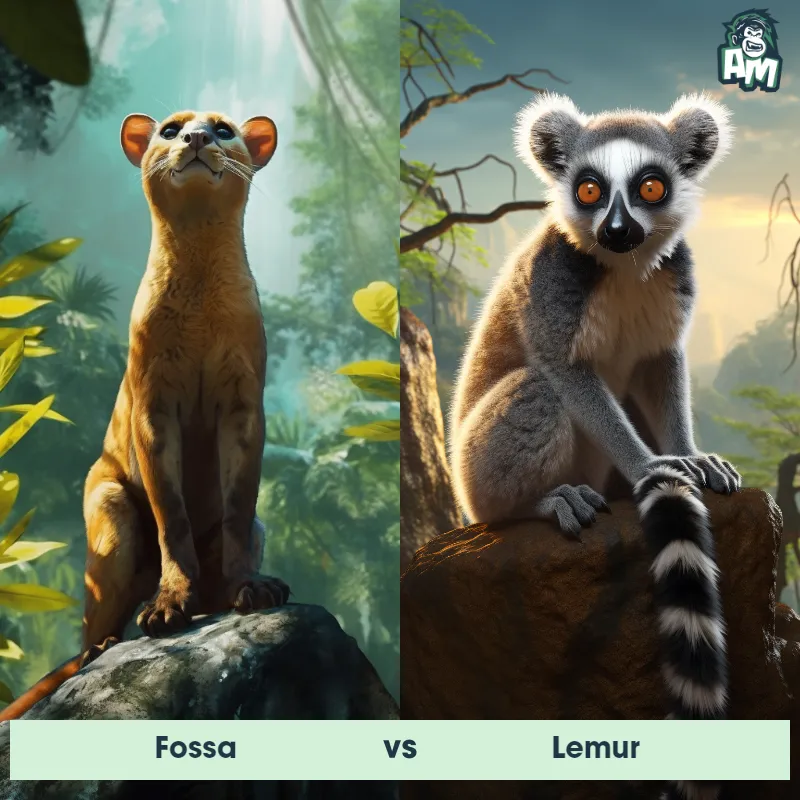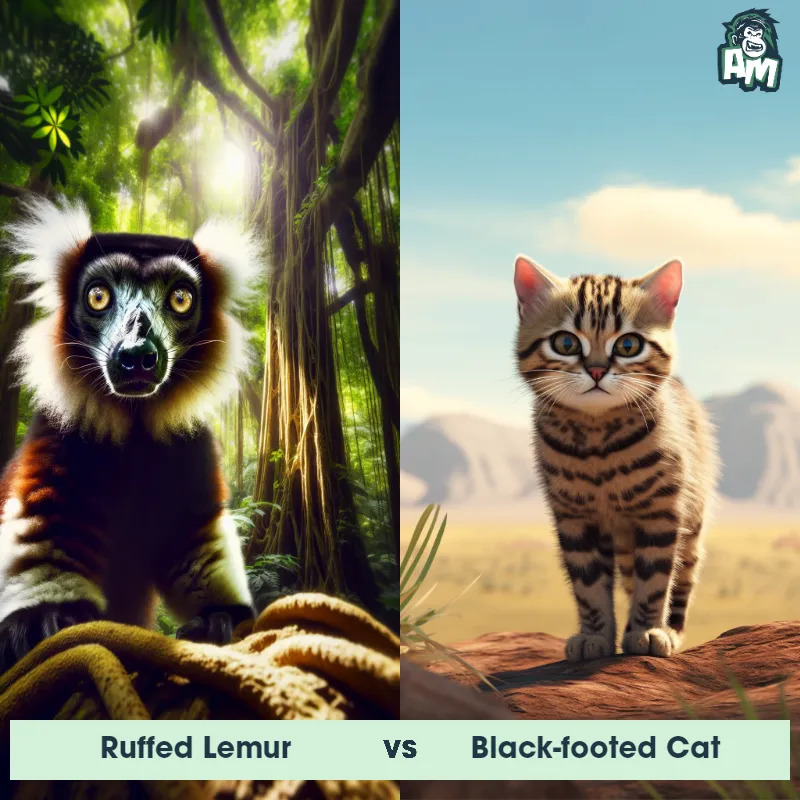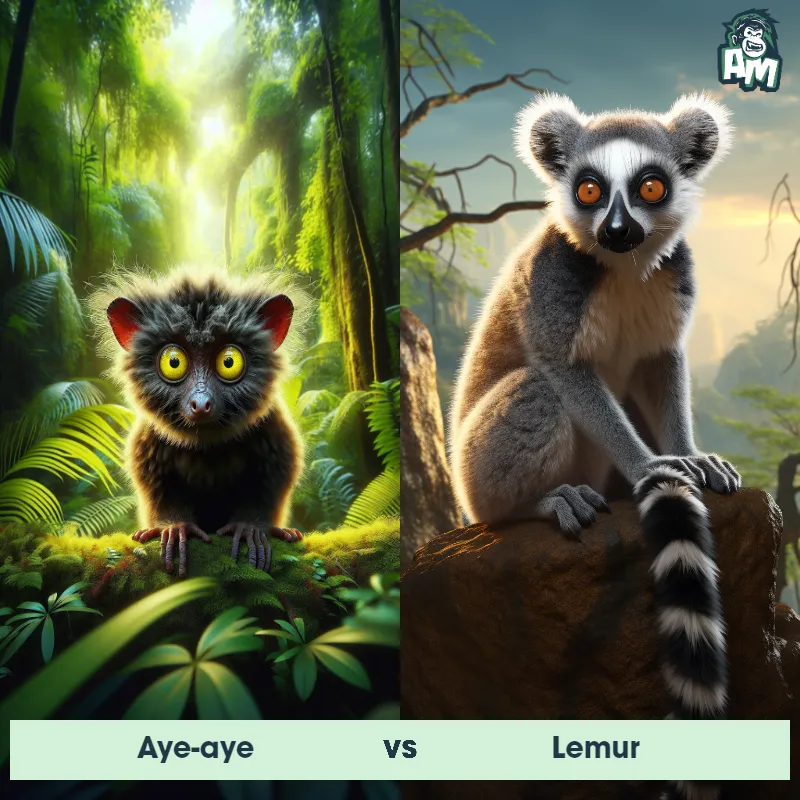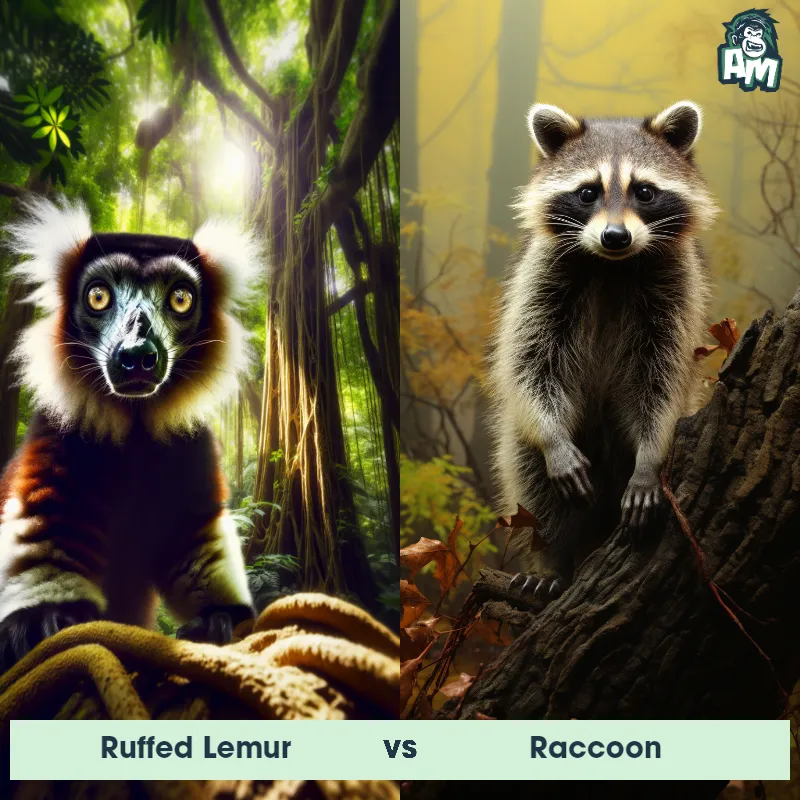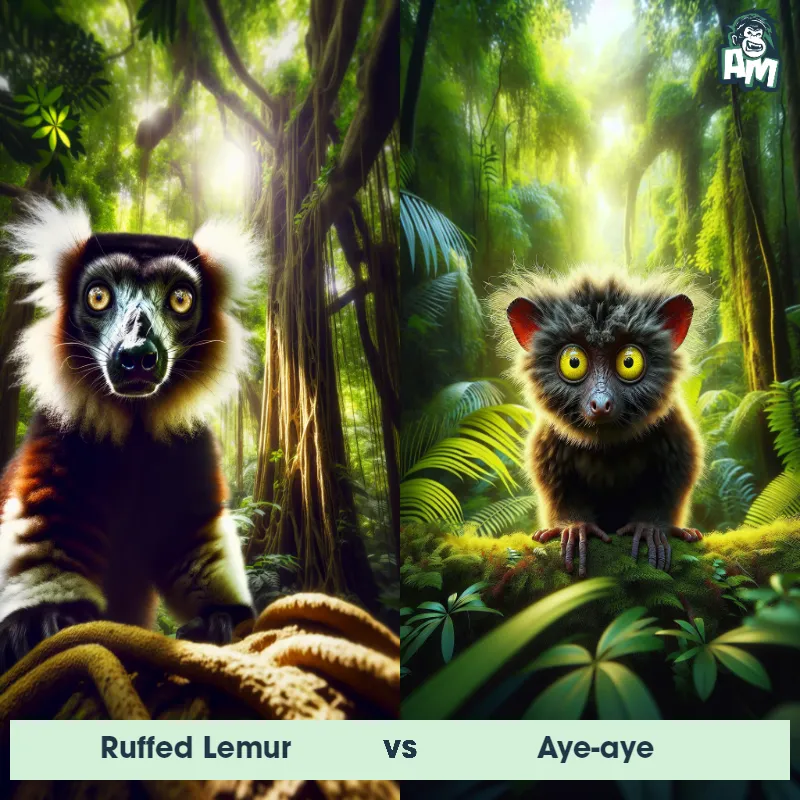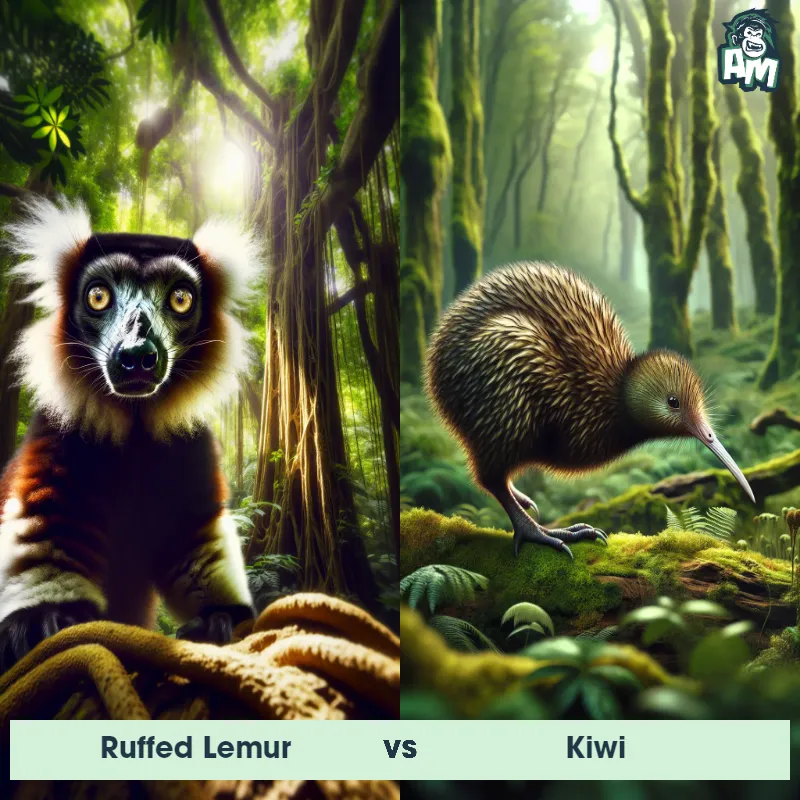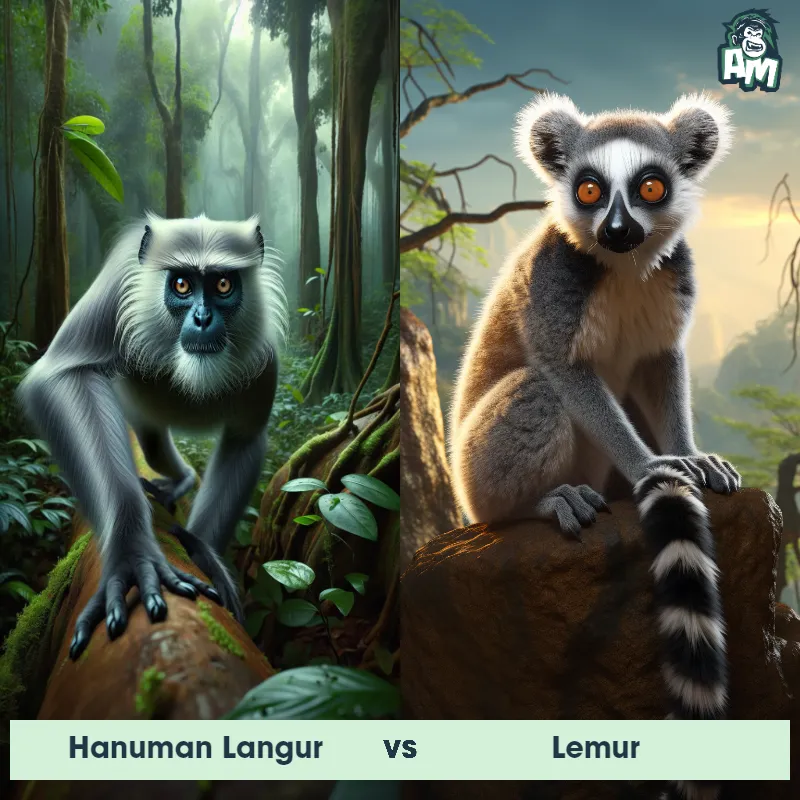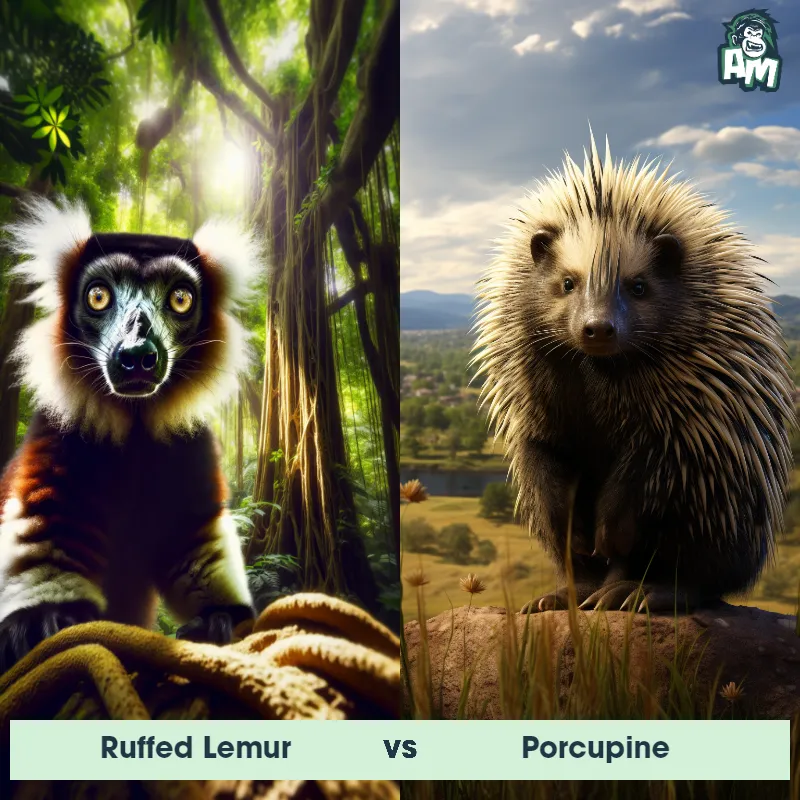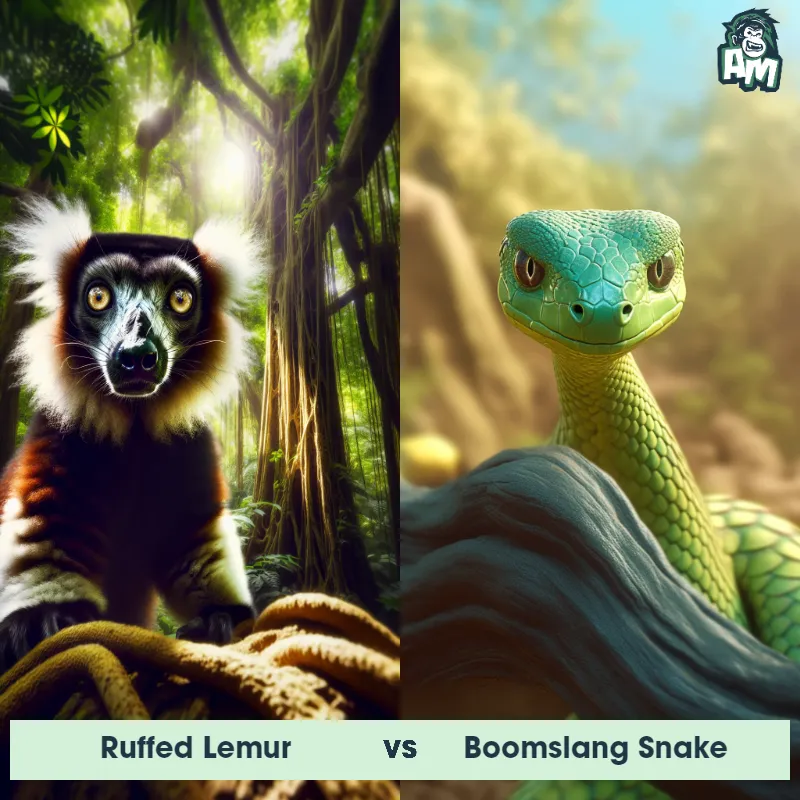Sifaka vs LemurSee Who Wins

Welcome, ladies and gentlemen, to this exciting matchup between a Sifaka and a Lemur! The tension in the air is palpable as these two incredible animals prepare to duke it out in the ring. Who will come out on top in this fierce battle of agility and strength?
Contender 1: Sifaka
The Sifaka, also known as the Coquerel's sifaka, is a unique lemur species found in Madagascar. These eccentric primates are known for their distinct sideways leaping movements, which can cover distances of up to 30 feet between trees. Sifakas have long, slender bodies, measuring around 18 to 22 inches in length, and have a coat of thick, silky fur that can range from white to creamy beige, with darker fur patterns on their back. Their large, round eyes are a striking golden color, and their powerful hind limbs enable them to effortlessly navigate the treetops.
Fun Fact: Sifakas are excellent jumpers and possess a unique form of locomotion called "vertical clinging and leaping."
Contender 2: Lemur
The Lemur is a type of primate known as a prosimian, native to the island of Madagascar. Lemurs come in various sizes and colors, but they are typically characterized by a pointed snout, large eyes, and a long tail that can be longer than their body. Many lemur species have a thick and woolly fur that ranges in color from reddish-brown to gray and black. Lemurs are arboreal animals, spending most of their time in trees, and their diet consists of fruits, leaves, flowers, and insects.
Fun Fact: Lemurs communicate with each other using a variety of vocalizations, body postures, and scent markings, exhibiting a complex and intriguing social structure.
Matchup Stats
| Sifaka | Lemur | |
|---|---|---|
| Size | 18-22 inches (45-55 cm) | Varies by species, 3.5 inches to 2.5 feet (9 cm to 76 cm) |
| Weight | 6-8 pounds (2.7-3.6 kg) | Varies by species, 1 ounce to 20 pounds (30 grams to 9 kg) |
| Speed | 20mph (32km/h) | 20mph (32km/h) |
| Key Strength | Agility and leaping ability | Agility and speed |
| Biggest Weakness | Lack of physical aggression | Small size and lack of aggressive behavior |
Current Votes
Sifaka vs Lemur
See Who Wins
View More Matches
Looking For More?
Similar Matches
Scientific Stats
| Sifaka | Lemur | |
|---|---|---|
| Scientific Name | Propithecus coquereli | Lemuriformes |
| Family | Indriidae | Lemuridae |
| Habitat | Forests, specifically dry deciduous forests and mangroves | Forests and jungles |
| Geography | Found in Madagascar | Madagascar |
| Diet | Primarily leaves, fruits, and flowers, occasionally supplemented with seeds, bark, or soil | Fruits, leaves, flowers, and insects |
| Lifespan | 15 years - 20 years | 16 years - 25 years |
Key Differences between Sifaka and Lemur
- Size: The Sifaka is generally larger and more robust than the Lemur.
- Facial features: Sifakas have distinct markings around their eyes and a more elongated face compared to the rounder face of Lemurs.
- Ears: Sifakas have larger, more prominent ears, while Lemurs have smaller, rounded ears.
- Color: Sifakas are mostly white with patches of brown or black, while Lemurs can range in color from gray to red to black.
- Locomotion: Sifakas move by leaping or "dancing" on two feet, while Lemurs move quadrupedally on all four limbs.
- Tail: Sifakas have a long, bushy tail which helps them balance while leaping through trees, while Lemurs have a shorter tail.





